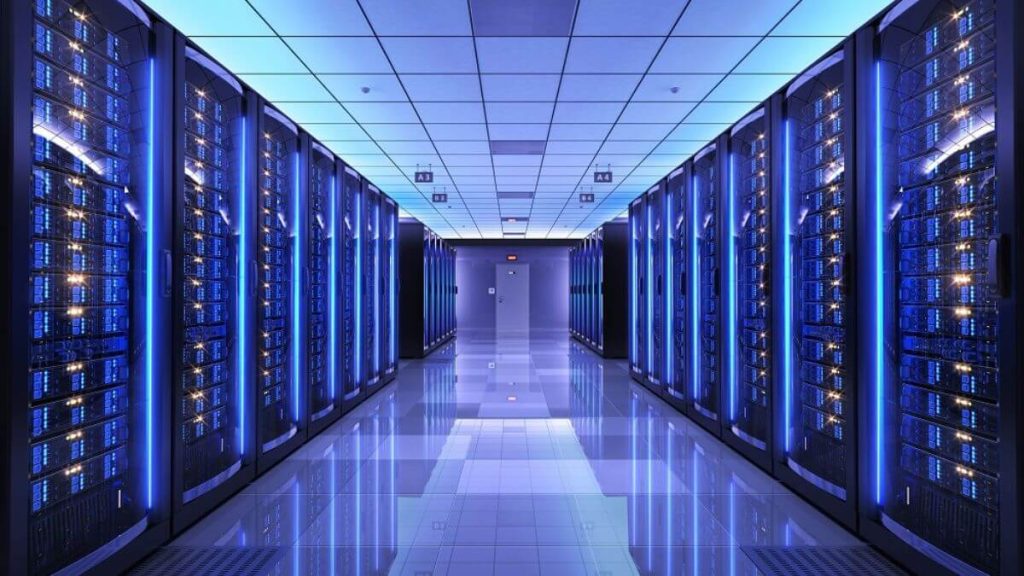Keeping up with the ever-evolving landscape of cyber threats is crucial, especially when it comes to Distributed Denial of Service (DDoS) attacks. According to the latest Gcore Radar Report, DDoS attacks have surged by a staggering 46% in the first half of 2024, compared to the same period last year. In this article, we’ll break down the report’s key findings and explore the implications for various industries. Buckle up—there’s a lot to unpack!
The Alarming Increase in DDoS Attacks
The numbers are nothing short of eye-opening: DDoS attacks have skyrocketed by 46% in the first six months of 2024, reaching a whopping 445,000 incidents in Q2 alone. When we compare this to the last six months of 2023, we see a 34% increase, showing just how rapidly these threats are evolving.
Peak Attack Power Is Climbing: In 2023, the most powerful attack clocked in at 1.6 Tbps, but H1 2024 saw this number creep up to 1.7 Tbps. While a 0.1 Tbps increase may not seem massive at first glance, it significantly boosts the potential damage these attacks can inflict. To put this into perspective, consider that a single terabit per second could overwhelm a network with the equivalent data of over 212,000 HD video streams. Any rise in this power is something businesses need to take very seriously.
Also read | Chameleon Android Banking Trojan Targets Users Through Fake CRM App
Industries in the Crosshairs
When it comes to DDoS attacks, some industries are more vulnerable than others. The gaming and gambling sectors continue to be the primary targets, suffering from 49% of all attacks. This isn’t surprising, given the intense competition and high financial stakes involved in online gaming.
Technology Industry: The tech industry isn’t far behind, experiencing a significant increase in attacks, now accounting for 15% of all incidents. As companies in this sector often host critical services like servers, storage, and networking resources, any disruption can have a ripple effect across multiple industries.
Other Targeted Industries: Financial services, telecommunications, and e-commerce are also high on the hit list, with 12%, 10%, and 7% of attacks, respectively. The impact on these industries can be particularly severe, given their reliance on real-time data and transactions.
Network vs. Application Layer Attacks
Network Layer Attacks: Network-layer attacks (L3–4) primarily affect the gaming, technology, and telecom industries. These sectors rely heavily on real-time data services, making them prime targets for disruptions. In the gaming and gambling world, real-time interactions and high user engagement mean that any downtime can be disastrous.
Application Layer Attacks: On the other hand, application-layer attacks (L7) are wreaking havoc in financial services, e-commerce, and media sectors. These attacks disrupt transaction processing and content delivery, causing significant operational challenges. Financial services, in particular, face severe consequences from downtime, including regulatory penalties and lost revenue.
Also read | Cybercriminals Deploy 100K+ Malware Android Apps to Steal OTP Codes
Attack Origins and Tactics
Tracking the origins of these attacks can be challenging. For application-layer attacks, tracing IP addresses to specific countries provides valuable intelligence for defensive strategies. However, network-layer attacks often involve IP spoofing, which makes pinpointing the origin much more difficult. The most common attack methods include UDP floods for network-layer assaults and HTTP floods for application-layer strikes, both of which exploit vulnerabilities in communication protocols.
Duration and Personalization of Attacks
While most DDoS attacks last under 10 minutes, their frequency and intensity can still cause significant disruptions. Notably, the longest attack in H1 2024 persisted for a staggering 16 hours, underscoring the need for robust and responsive mitigation strategies.
Personalized Attacks: Attackers are becoming more sophisticated, tailoring their methods to target specific industries. This trend toward more personalized attacks demands equally tailored defensive measures. For instance, in the gaming industry, attacks often aim to degrade specific servers, pushing users toward rival platforms. In financial services, attackers frequently seek to cause maximum disruption for immediate financial gain through ransomware.
Get the full Gcore Radar report for even more insights.

